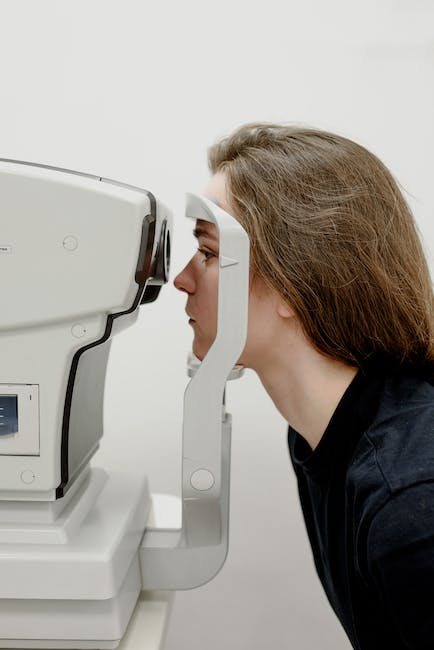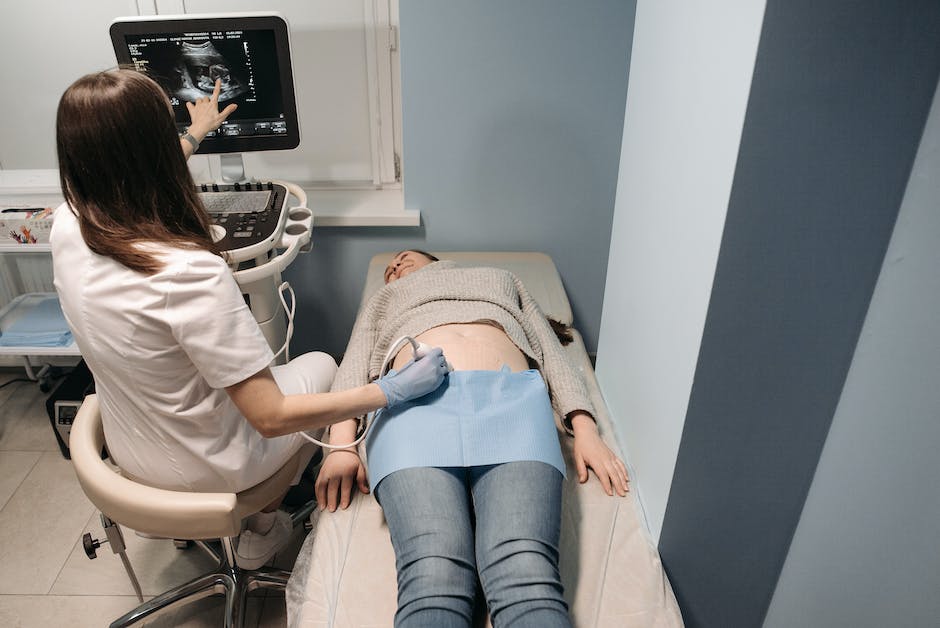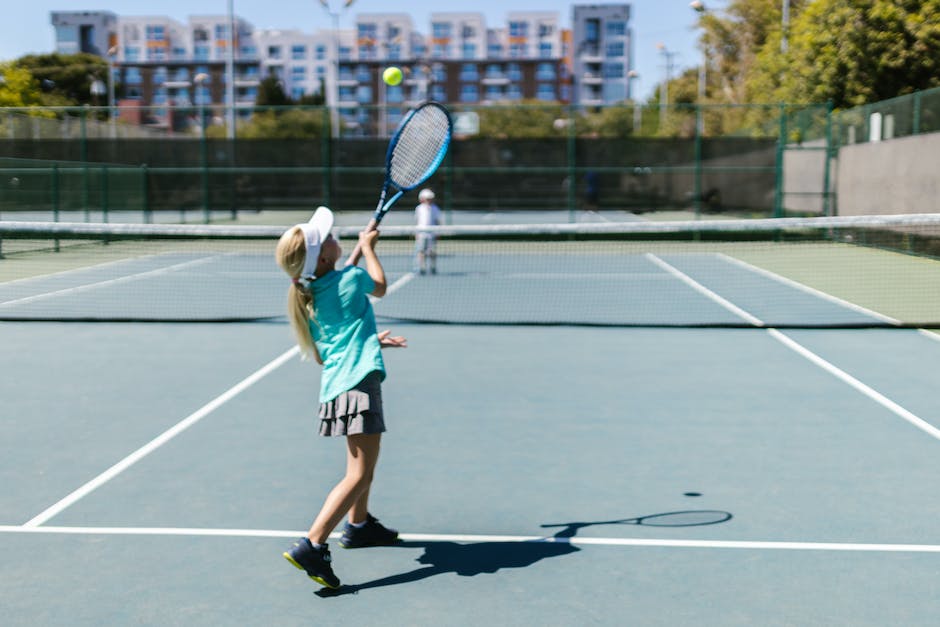Tennis elbow, or lateral epicondylitis, is a common condition that affects the tendons that join the forearm muscles to the outside of the elbow. It is caused by overuse of these muscles and tendons, leading to inflammation and pain. Tennis elbow can affect anyone who performs repetitive motions with their arms, such as playing racquet sports, typing, painting, or gardening.
In this post, we will answer some frequently asked questions about tennis elbow, such as:
- What are the symptoms of tennis elbow?
- How is tennis elbow diagnosed?
- What are the treatment options for tennis elbow?
- How can tennis elbow be prevented?

What are the symptoms of tennis elbow?
The main symptom of tennis elbow is pain and tenderness on the outside of the elbow. The pain may radiate to the forearm and wrist, and worsen when you grip or twist something. You may also experience stiffness, weakness, or numbness in your arm. The pain may be mild at first, but gradually increase over time. The pain may interfere with your daily activities, such as lifting a cup, opening a door, or shaking hands.
Some other symptoms of tennis elbow include:
- Difficulty extending your arm fully
- Swelling or inflammation around the elbow
- Reduced range of motion in the elbow joint
- Difficulty performing fine motor skills, such as writing or buttoning
How is tennis elbow diagnosed?
To diagnose tennis elbow, your doctor will ask you about your medical history, your symptoms, and your activities that may have caused or aggravated your condition. Your doctor will also examine your elbow and arm, and perform some tests to check for pain and weakness. These tests may include:
- Resisted wrist extension: Your doctor will ask you to bend your wrist back while they apply pressure to it. If you have tennis elbow, this will cause pain on the outside of your elbow.
- Cozen’s test: Your doctor will ask you to make a fist and bend your wrist down while they press on your affected tendon. If you have tennis elbow, this will cause pain on the outside of your elbow.
- Mill’s test: Your doctor will ask you to straighten your arm and bend your wrist down while they press on your affected tendon. If you have tennis elbow, this will cause pain on the outside of your elbow.
Your doctor may also order some imaging tests to rule out other possible causes of your pain, such as arthritis, fracture, infection, or nerve compression. These tests may include:
- X-ray: This test uses radiation to create images of your bones and joints. It can show if you have any bone damage or abnormality in your elbow.
- Magnetic resonance imaging (MRI): This test uses magnets and radio waves to create detailed images of your soft tissues and organs. It can show if you have any damage or inflammation in your muscles and tendons involved in tennis elbow.
- Electromyography (EMG): This test measures the electrical activity of your muscles and nerves. It can show if you have any nerve damage or dysfunction in your arm.

What are the treatment options for tennis elbow?
The treatment for tennis elbow depends on the severity of your condition and your personal preferences. The main goals of treatment are to reduce pain, inflammation, and stiffness; promote healing; restore function; and prevent recurrence. Some of the treatment options for tennis elbow include:
- Rest: You should avoid or limit any activities that cause or worsen your pain until your symptoms improve. You may also need to wear a splint or brace to immobilize your elbow and allow it to heal.
- Ice: You can apply ice packs or cold compresses to your affected area for 15 to 20 minutes several times a day to reduce swelling and inflammation.
- Medication: You can take over-the-counter anti-inflammatory drugs, such as ibuprofen or naproxen, to relieve pain and inflammation. You should follow the dosage instructions on the label and consult your doctor before taking any medication.
- Physical therapy: You can work with a physical therapist to learn exercises and stretches that can strengthen and improve the flexibility of your forearm muscles and tendons. Physical therapy can also include modalities such as ultrasound, electrical stimulation, massage, or acupuncture to reduce pain and stimulate blood flow.
- Corticosteroid injections: Your doctor may inject a corticosteroid medication into your affected tendon to reduce inflammation and pain. This is usually a temporary relief and may have some side effects such as skin thinning, infection, or tendon rupture.
- Surgery: If conservative treatments fail to improve your condition after six months, your doctor may recommend surgery to remove the damaged part of your tendon and repair it with sutures or grafts. Surgery is usually done as an outpatient procedure under local anesthesia.

How can tennis elbow be prevented?
To prevent tennis elbow, you should follow these tips:
- Warm up and stretch before and after any activity that involves your arms, especially racquet sports.
- Use proper equipment and technique when playing racquet sports, such as using a racquet that fits your hand size and grip, adjusting the string tension and weight of your racquet, and avoiding hitting the ball with too much force or spin.
- Take breaks and change your position frequently when performing repetitive tasks with your arms, such as typing, painting, or gardening.
- Avoid lifting or carrying heavy objects with your affected arm, or use both hands to distribute the weight evenly.
- Maintain good posture and ergonomics when sitting or working at a desk, such as keeping your elbows at a 90-degree angle and your wrists in a neutral position.
- Exercise regularly to keep your muscles and tendons strong and flexible.

FAQ
What is the difference between tennis elbow and golfer’s elbow?
Tennis elbow and golfer’s elbow are both types of tendinitis, which means inflammation of the tendons. However, they affect different tendons and different parts of the elbow. Tennis elbow affects the tendons that attach to the outside of the elbow, while golfer’s elbow affects the tendons that attach to the inside of the elbow. Tennis elbow is more common among people who play racquet sports, while golfer’s elbow is more common among people who play golf or other sports that involve gripping or swinging.
How long does tennis elbow take to heal?
The healing time for tennis elbow varies depending on the severity of the condition and the treatment method. In general, it may take from six weeks to six months for tennis elbow to heal with conservative treatments, such as rest, ice, medication, and physical therapy. If conservative treatments fail to improve the condition after six months, surgery may be considered. Surgery may take longer to heal, from three months to a year.
How can I prevent tennis elbow from recurring?
To prevent tennis elbow from recurring, you should follow these tips:
- Continue to do the exercises and stretches that your physical therapist taught you, even after your symptoms improve.
- Avoid or limit any activities that cause or worsen your pain, or modify them to reduce the stress on your elbow.
- Use proper equipment and technique when playing racquet sports, such as using a racquet that fits your hand size and grip, adjusting the string tension and weight of your racquet, and avoiding hitting the ball with too much force or spin.
- Wear a brace or strap around your forearm to support your affected tendon and reduce the vibration and shock when you hit the ball.
- Warm up and stretch before and after any activity that involves your arms, especially racquet sports.
What are some home remedies for tennis elbow?
Some home remedies for tennis elbow include:
- Applying ice packs or cold compresses to your affected area for 15 to 20 minutes several times a day to reduce swelling and inflammation.
- Taking over-the-counter anti-inflammatory drugs, such as ibuprofen or naproxen, to relieve pain and inflammation. You should follow the dosage instructions on the label and consult your doctor before taking any medication.
- Applying topical creams or gels that contain anti-inflammatory ingredients, such as menthol, camphor, or capsaicin, to your affected area to soothe pain and stimulate blood flow.
- Drinking plenty of water and eating a balanced diet that includes foods rich in omega-3 fatty acids, vitamin C, and antioxidants, which can help reduce inflammation and promote healing.
Can I play tennis with tennis elbow?
It is not advisable to play tennis with tennis elbow, as it may worsen your condition and delay your recovery. You should avoid or limit any activities that cause or aggravate your pain until your symptoms improve. You may also need to wear a splint or brace to immobilize your elbow and allow it to heal. If you want to resume playing tennis after recovering from tennis elbow, you should do so gradually and cautiously, following the advice of your doctor and physical therapist.
How do I know if I have tennis elbow or something else?
Tennis elbow is not the only condition that can cause pain on the outside of the elbow. Some other possible causes include:
- Arthritis: This is a degenerative condition that causes inflammation and damage to the joints. It can affect any joint in the body, including the elbow. Arthritis can cause pain, stiffness, swelling, and reduced range of motion in the affected joint.
- Fracture: This is a break or crack in a bone. It can occur due to trauma, such as a fall or a direct blow. Fracture can cause severe pain, swelling, bruising, deformity, and difficulty moving the affected bone.
- Infection: This is an invasion of bacteria or other microorganisms into a tissue or organ. It can occur due to a wound, an insect bite, or a foreign body. Infection can cause pain, redness, warmth, swelling, pus, fever, and chills in the affected area.
- Nerve compression: This is a condition where a nerve is squeezed or pinched by a bone, muscle, tendon, or other tissue. It can occur due to injury, inflammation, or anatomical variation. Nerve compression can cause pain, numbness, tingling, weakness, or loss of function in the area supplied by the affected nerve.
To determine if you have tennis elbow or something else, you should consult your doctor for a proper diagnosis. Your doctor will ask you about your medical history, your symptoms, and your activities that may have caused or aggravated your condition. Your doctor will also examine your elbow and arm, and perform some tests to check for pain and weakness. Your doctor may also order some imaging tests to rule out other possible causes of your pain, such as X-ray, MRI, or EMG.
What are the complications of tennis elbow?
Tennis elbow is usually a self-limiting condition that improves with conservative treatments. However, if left untreated or poorly managed, tennis elbow can lead to some complications, such as:
- Chronic pain and disability: Tennis elbow can cause persistent and debilitating pain that interferes with your daily activities, such as lifting, gripping, or twisting. It can also affect your quality of life and mental health.
- Tendon rupture: Tennis elbow can cause weakening and degeneration of the affected tendon, which may increase the risk of tearing or snapping. Tendon rupture can cause severe pain, swelling, bruising, and loss of function in the affected arm. It may require surgery to repair the damaged tendon.
- Elbow contracture: Tennis elbow can cause stiffness and reduced range of motion in the elbow joint, due to inflammation, scar tissue, or muscle spasm. Elbow contracture can limit your ability to straighten or bend your arm fully. It may require physical therapy or surgery to restore the mobility of the joint.
How common is tennis elbow?
Tennis elbow is a common condition that affects about 1% to 3% of the general population. However, it is more prevalent among people who perform repetitive motions with their arms, such as playing racquet sports, typing, painting, or gardening. It is estimated that up to 50% of tennis players develop tennis elbow at some point in their careers. Tennis elbow can affect anyone regardless of age, gender, or occupation, but it is more common among people between 30 and 50 years old.
How does playing tennis cause tennis elbow?
Playing tennis can cause tennis elbow by overloading the tendons that attach to the outside of the elbow. This can happen due to:
- Using a racquet that is too heavy, too light, too large, or too small for your hand size and grip
- Adjusting the string tension and weight of your racquet too high or too low
- Hitting the ball with too much force or spin
- Hitting the ball off-center or near the frame of the racquet
- Using a poor technique or posture when swinging or serving
- Playing on a hard surface or with a hard ball
- Playing for too long or too frequently without adequate rest or recovery
How does physical therapy help tennis elbow?
Physical therapy helps tennis elbow by:
- Reducing pain and inflammation: Physical therapy can include modalities such as ultrasound, electrical stimulation, massage, or acupuncture to reduce pain and stimulate blood flow to the affected area.
- Strengthening and stretching: Physical therapy can teach you exercises and stretches that can strengthen and improve the flexibility of your forearm muscles and tendons. This can help prevent further injury and promote healing.
- Improving function and performance: Physical therapy can help you regain your normal range of motion and function in your elbow joint. It can also help you improve your technique and posture when playing racquet sports or performing other activities that involve your arms.









No Comment! Be the first one.